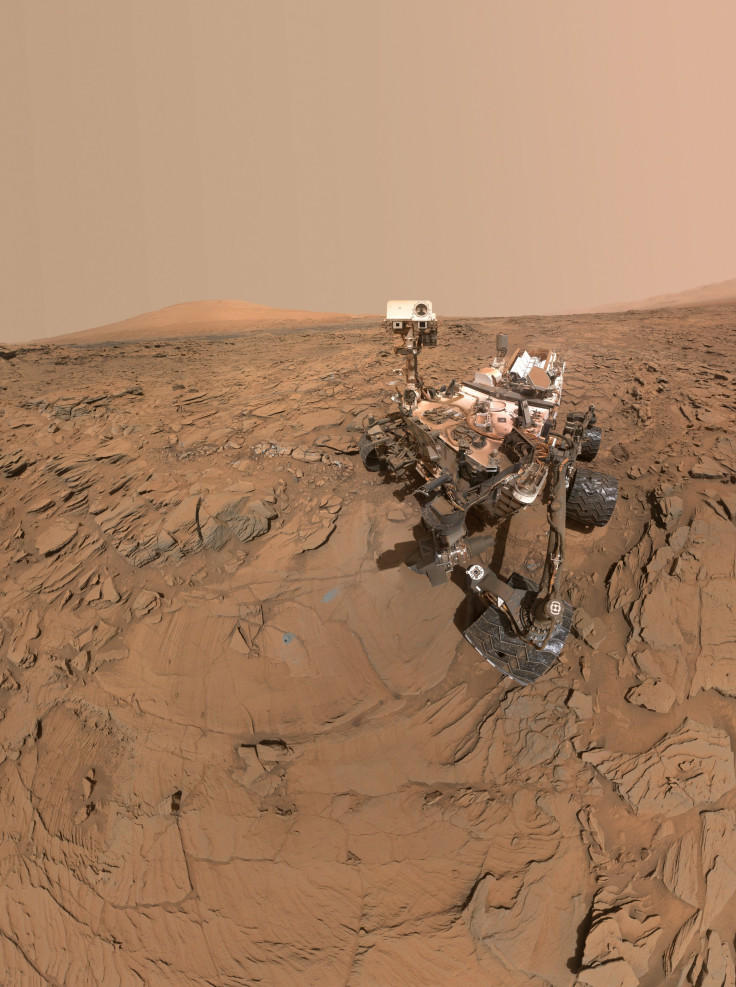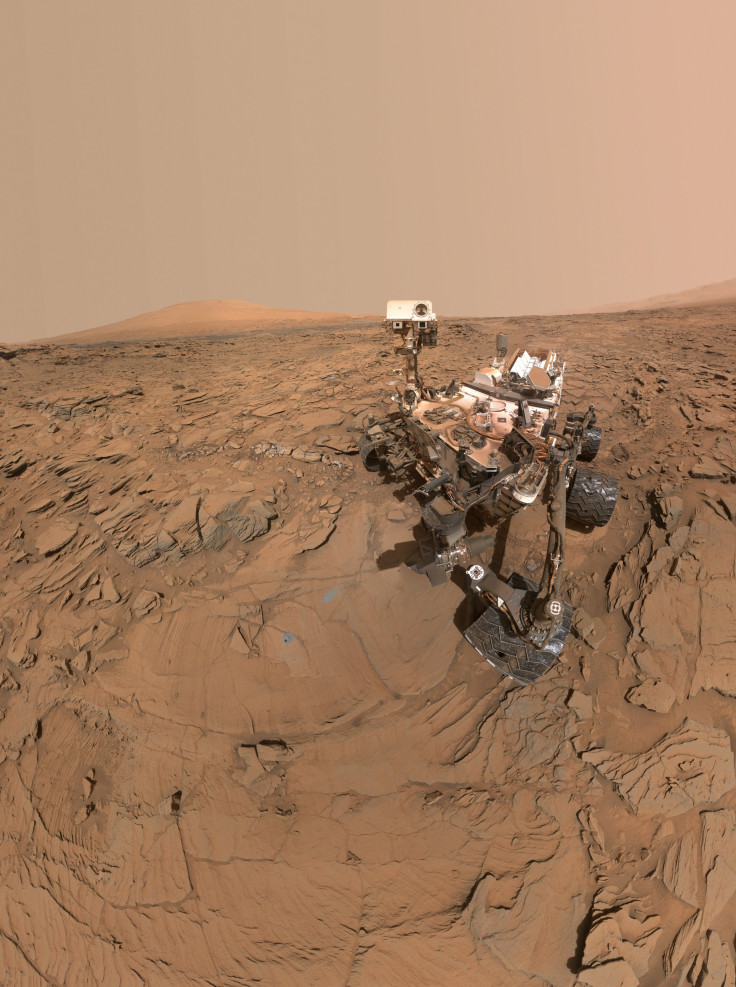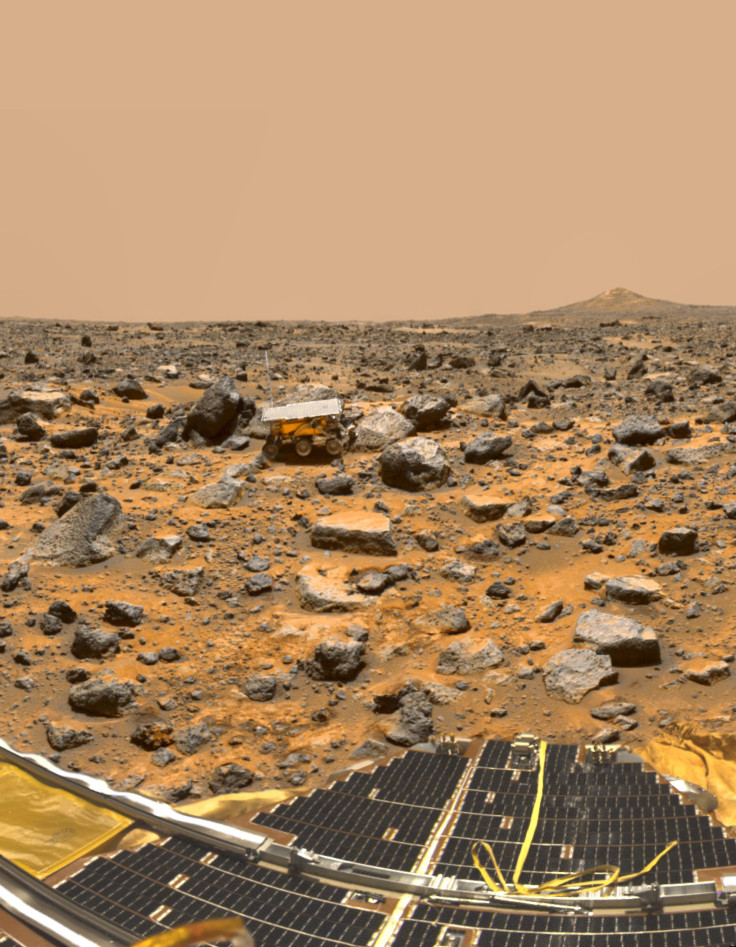Life May Have Originated On Mars And Traveled To Earth, NASA Rover Engineer Says

Life may have originated on Mars before making its way to Earth, according to one NASA official. Rob Manning, NASA’s chief engineer for the Curiosity Rover currently exploring the Red Planet, said Mars may have had the conditions necessary to hold life at a time when Earth did not.
“Could have been that Mars was habitable before Earth was,” Manning said during an episode of 60 Minutes that aired Sunday. “And life got its foothold on Mars and took its journey to Earth and we’re all Martians.”
Read: Mars Base Camp Planned For 2028
In its most groundbreaking discovery, the Curiosity Rover found that Mars had essential building blocks for human life three billion years ago, with conditions similar to that of Earth.
“The water that was on the surface of Mars, you could scoop it up and drink it,” said Manning.

But as Earth evolved, Mars did too, only it became dry and inhospitable. Mars may have transported life to Earth by way of a meteor.
“When a meteor comes along and hits Mars, a rock from Mars can be lifted up, travel in circles around the sun until someday it will bump into Earth and land in, say, Antarctica,” said Manning. “We’ve found Mars rock, and we’ve found them all over Earth. And the reverse is also true. Certainly, Earth rock, with life in it, has taken a trip to Mars.”
Manning said its possible microbial life from Mars could have survived to 30 million mile journey to Earth.
Curiosity, the remote controlled one ton-rover operated by NASA, has been exploring the Red Planet since it landed there Aug. 6, 2012. NASA announced that Curiosity had found conditions on the planet that would have once made it suitable for life.
“A fundamental question for this mission is whether Mars could have supported a habitable environment,” Michael Meyer, lead scientist for NASA’s Mars Exploration Program, said at the time. “From what we know now, the answer is yet.”
From samples Curiosity drilled out of a rock on Mars, scientists were able to identify some key ingredients necessary for life: sulfur, nitrogen, hydrogen, oxygen, phosphorus and carbon. They found that at least 20 percent of the samples were made up of clay, or minerals that are a product of the reaction of fresh water with igneous materials. Round pebbles were also found that may have been shaped by water.
Read: United Arab Emirates Plans To Put First City On Mars By 2117
“We have characterized a very ancient, but strangely new ‘gray Mars’ where conditions were once favorable for life,” John Grotzinger, Mars Science Laboratory project scientist at the California Institute of Technology, said when the discovery took place in 2013. “Curiosity is on a mission of discovery and exploration, and as a team we feel there are many more exciting discoveries ahead of us in the months and years to come.”
During his appearance on 60 Minutes, Manning cautioned that the presence of essential organic chemicals are not concrete evidence of life on ancient Mars.
“Does that mean life was there? It doesn’t,” he said. “We don’t know.”

© Copyright IBTimes 2024. All rights reserved.












